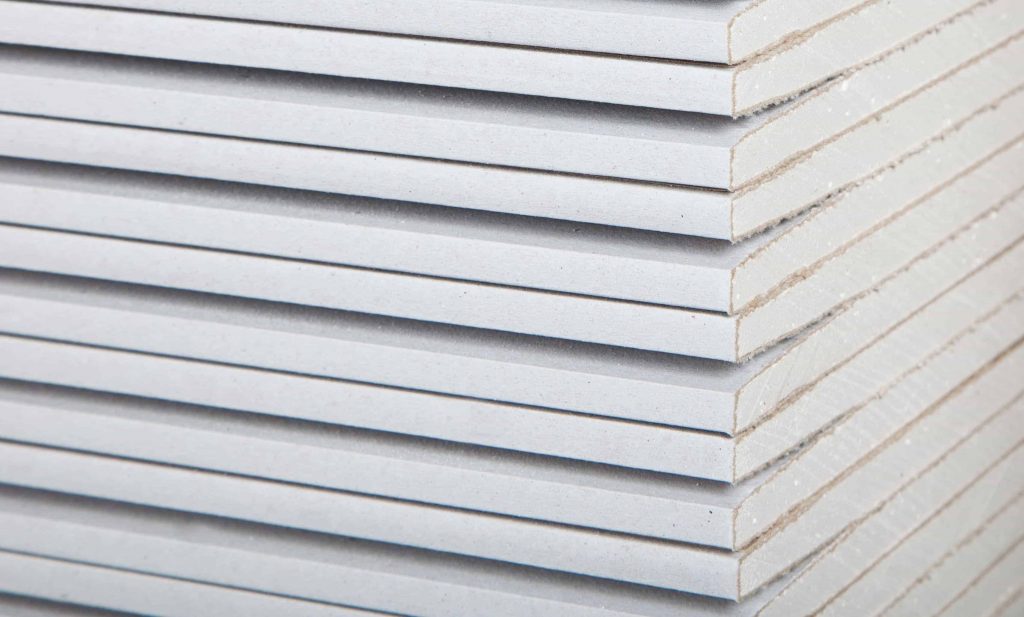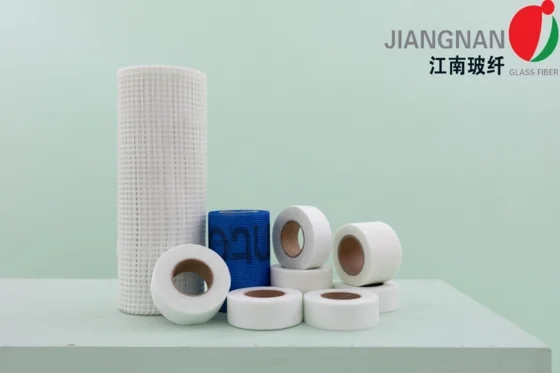The Ultimate Guide to Understanding Drywall Thickness

Drywall is an essential component of modern construction, providing structural support and a smooth finish to interior walls and ceilings. Understanding the thickness of drywall is crucial for architects, contractors, and homeowners alike. In this comprehensive guide, we will delve into the various aspects of drywall thickness, including its importance, standard measurements, and considerations for different applications.
- The Importance of Drywall Thickness:
Drywall thickness plays a significant role in determining the structural integrity, soundproofing capabilities, and fire resistance of a building. It is essential to choose the appropriate thickness based on the specific requirements of the project. - Standard Measurements:
Drywall is available in various thicknesses, typically ranging from 1/4 inch to 5/8 inch. The most commonly used thicknesses are 1/2 inch and 5/8 inch. Thicker drywall offers increased durability and better soundproofing properties. - Considerations for Different Applications:
a. Residential Construction:
- Interior Walls: 1/2 inch drywall is commonly used for interior walls in residential buildings. It provides sufficient strength and sound insulation.
- Ceilings: 5/8 inch drywall is recommended for ceilings to ensure proper support and reduce the risk of sagging.
b. Commercial Construction:
- High-Traffic Areas: In areas prone to heavy use or potential impact, such as corridors or commercial kitchens, 5/8 inch drywall is preferred for enhanced durability.
- Fire-Rated Walls: For fire-rated walls, thicker drywall, such as Type X, is required to meet building code regulations.
c. Soundproofing:
- Soundproofing Walls: To minimize sound transmission between rooms, double-layered drywall with a total thickness of 5/8 inch or more, combined with sound-dampening insulation, can be used.
- Acoustic Panels: Specialized acoustic panels, ranging from 1 inch to 2 inches thick, are used for optimal sound absorption in recording studios, theaters, or music rooms.
- Advancements in Drywall Technology:
In recent years, advancements in drywall technology have introduced innovative products such as ultra-lightweight drywall, moisture-resistant drywall, and mold-resistant drywall. These specialized variants offer unique benefits and should be considered based on specific project requirements.
Conclusion:
Understanding the thickness of drywall is crucial for achieving the desired structural integrity, soundproofing, and fire resistance in a building. By considering the specific requirements of each application, architects, contractors, and homeowners can make informed decisions when selecting the appropriate drywall thickness. Stay up-to-date with the latest advancements in drywall technology to ensure optimal results in your construction projects.

